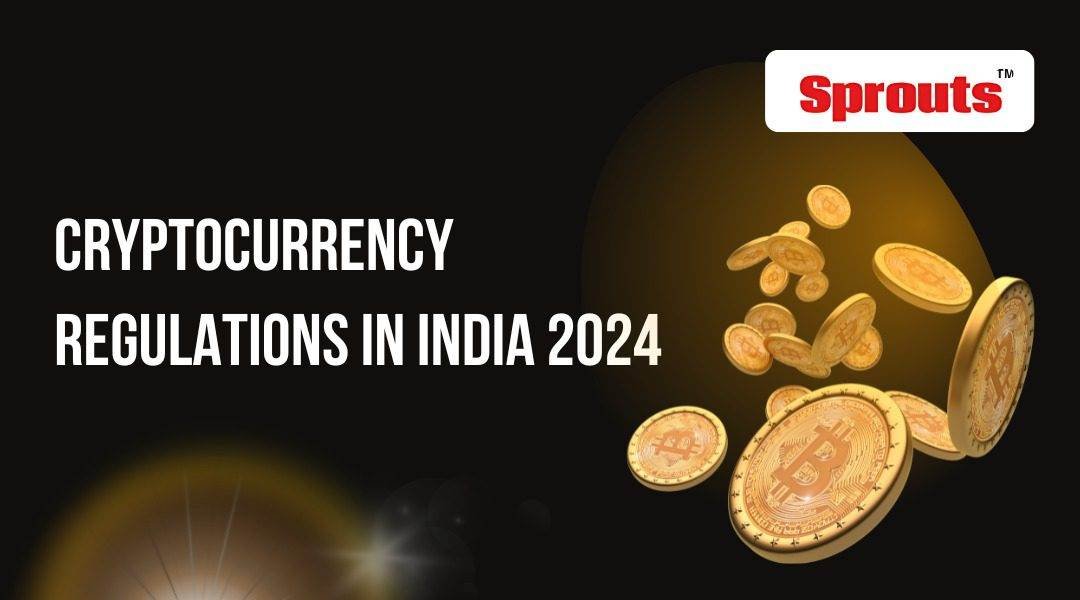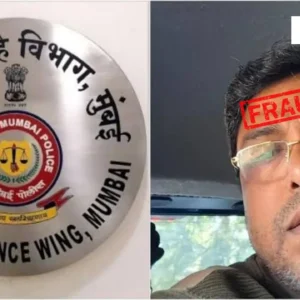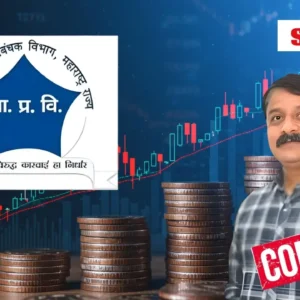The 5 Hard Realities Shaping India’s Crypto Landscape
Before diving into regulations, let’s confront the uncomfortable truths most investors ignore:
1. The 30% Tax plus 1% TDS in addition Trap Isn’t Going Away
Despite industry lobbying, the government shows no signs of reducing the flat 30% tax on crypto profits. Budget documents reveal this policy generated ₹1,200 crore in FY2023-24 – making repeal politically unlikely.
2. Your Favorite Exchange Could Vanish Overnight
The FIU’s 2024 purge proved even giants like Coinbase or Binance aren’t immune. Always keep assets in private wallets like. Panthom wallet, Metamask etc. or Ledger wallets not exchange accounts.
3. Banks Are the Silent Regulators
RBI may have lost the legal battle, but banks still control the pipes. ICICI’s 2024 internal memo leaked online shows special flags for “crypto-adjacent” transactions.
4. The Digital Rupee Will Reshape Everything
With 1.3 million users already, RBI’s e₹ pilot could make private cryptos seem redundant for everyday payments by 2026.
5. Global Rules Will Override Local Preferences
India’s G20 commitments mean future policies will align with international standards, not domestic trader demands.
The Current Legal Status of Crypto in India
As we scroll in the year 2025, cryptocurrency works in a regulatory gray zone in India – legal but heavily restricted. The government classifies Bitcoin and altcoins as “virtual digital assets” (VDAs) rather than currency, creating unique challenges. You can legally trade crypto on registered exchanges, but attempting to pay for groceries with Bitcoin or other crypto coins will still earn you puzzled looks (and possibly tax notices). The Supreme Court’s landmark 2020 decision prevented an outright ban, but subsequent regulations have created what experts call a “controlled experimentation” approach.
How India’s Crypto Taxes Changed the Game
The 2022 budget announcement hit traders like a monsoon downpour – a flat 30% tax on profits (with no loss offsets) plus 1% TDS on every transaction. Data from CREBACO reveals these policies triggered a 57% plunge in trading volumes within months. Imagine buying ₹10,000 worth of Shiba Inu(one of the leading meme coin) – the exchange automatically deducts ₹100 as TDS before you even make a profit. This “tax-first” approach has reshaped user behavior, with NASSCOM reporting 45% of investors now holding assets long-term rather than trading actively.
The Exchange Crackdown: Who’s In and Who’s Out
Last winter’s Financial Intelligence Unit (FIU) crackdown felt like a Bollywood plot twist – nine major exchanges including Binance suddenly found themselves blocked. As of July 2024, only 28 platforms like WazirX, Zebpay, CoinDCX etc. remain fully compliant. The FIU’s requirements read like a spy thriller script: mandatory KYC, transaction monitoring, and suspicious activity reporting. This purge cleaned up the market but also pushed many traders toward riskier decentralized platforms.
Banking Hurdles: The Invisible Barrier
While the RBI’s banking ban was overturned, getting money in/out of exchanges remains frustrating. The Indian Banks’ Association confirms 78% of lenders have internal policies creating delays. SBI customers report 3-5 day holds on crypto-related transfers, while HDFC often demands additional paperwork. This financial limbo forces serious investors to maintain separate bank relationships just for crypto activities.
What the Future Holds for Indian Crypto
The RBI’s digital rupee (e₹) pilot, now with 1.3 million users, hints at the government’s long-term vision. Industry whispers suggest the upcoming Crypto Bill may introduce:
Tiered licensing for exchanges
Clearer security token definitions
Possible TDS threshold adjustments
Global developments add another layer – India’s G20 push for international standards could mean tighter stablecoin rules by 2025.
How to Stay Compliant and Profitable
Smart investors are adapting with these strategies:
Using only FIU-registered exchanges (check the official list monthly)
Maintaining meticulous transaction records for tax filing
Balancing crypto portfolios with RBI-approved assets like government bonds
As regulatory expert Aarav Chandra notes: “India won’t ban crypto, but will keep tightening the screws until the system is leak-proof.” The message is clear – play by the rules, and you can still benefit from crypto’s potential while avoiding the finance ministry’s radar.
FAQS on Crypto
1: Can I legally buy Bitcoin in India?
Yes, but only through FIU-registered exchanges like Zebpay, CoinDCX etc. Peer-to-peer trading isn’t illegal but carries higher fraud risks since the 2024 crackdown on unregulated platforms.
2: How is the 1% TDS calculated?
It’s deducted on every trade’s full value. Buying ₹50,000 of Ethereum? ₹500 vanishes immediately as TDS. This applies even if you sell at a loss minutes later.
3: Why was Binance banned?
The FIU flagged non-compliance with India’s AML rules – specifically inadequate transaction monitoring and delayed suspicious activity reports.
4: Which banks are most crypto-friendly?
Private banks like ICICI and Axis process transfers faster (24-48 hours), while PSU banks often take 3-5 days for additional “security checks.”
Read more latest News and article here: https://sproutsnews.com/

















